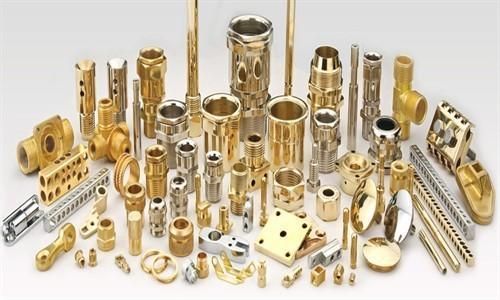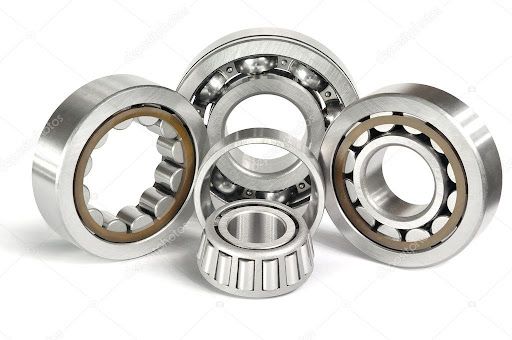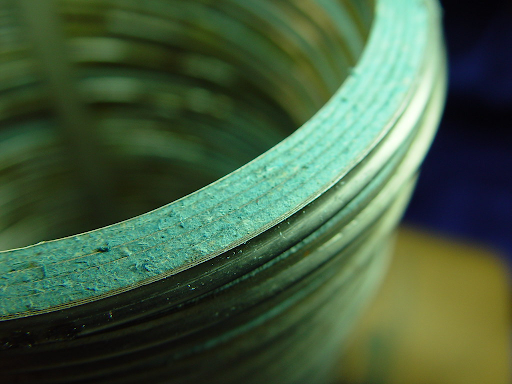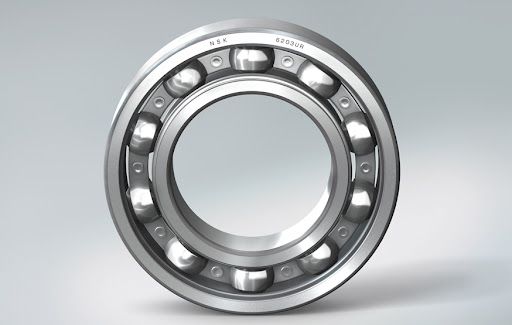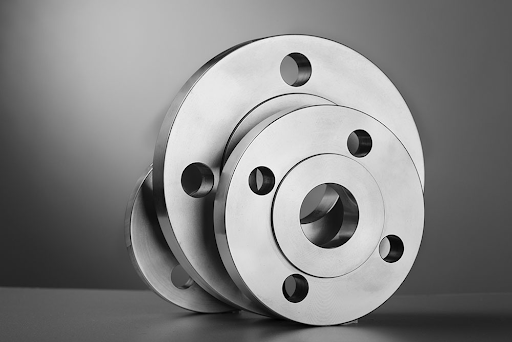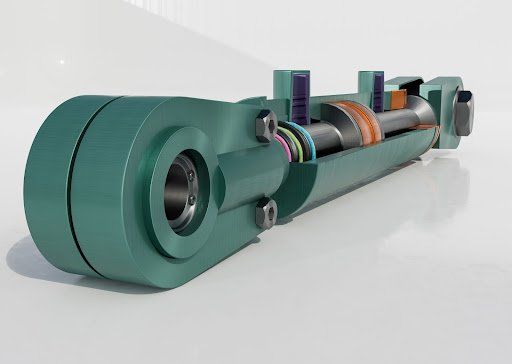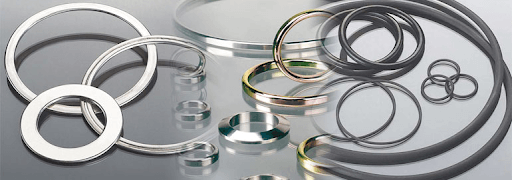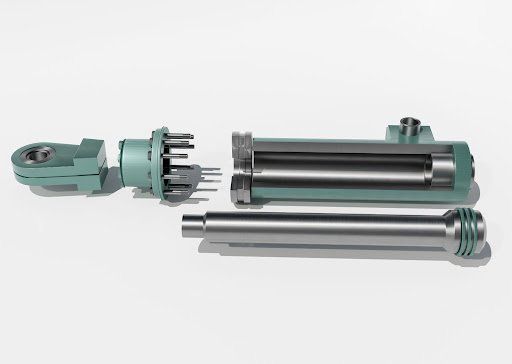Three Common Causes Of Thrust Bearing Failure
Three Common Causes Of Thrust Bearing Failure
It’s not actually common for crankshaft thrust bearings to fail but when they do, the result can be catastrophic for the engine. Aside from the significant costs for repair, a thrust bearing failure can pose a serious safety threat to operators in the general area. So, what is the purpose of a crankshaft thrust bearing and why do they sometimes fail? Here we answer your questions and advise on how to prevent an engine disaster.
In an engine block, crankshaft thrust bearings are placed into grooves formed in the block’s webbing. Their purpose is to limit the crankshaft’s forward and backward movement by keeping the crankshaft within a specific area of motion. By controlling the majority of the forward and backward movements, tolerances within the entire rotating assembly can be preserved which, at high revolutions, is essential for maintaining the engine’s lifespan.
The three most common causes of thrust bearing failure (and how to avoid them) are as follows:
Contaminants and Surface Finish
The presence of dirt and contaminants is damaging to every type of bearing, so it’s also an obvious cause of failure in thrust bearings. Make sure you have an effective maintenance schedule in place and that cleaning is performed with clean cloths and refined oil. Polishing the surface of the thrust surface, preferably with a polishing machine, is also important. If any grinding marks are left on the crankshaft face, they can act like wiper blades, removing the thrust bearing’s essential oil film.
Misalignment
Without proper care, cleaning and maintenance, the thrust bearing may become misaligned and begin grinding against a surface, causing sparking. This results in “hot spots” which can damage the overall operation. It’s important to maintain a thrust surface that is set at 90° to the crankshaft centre-line, producing a thrust face that is square to the axis of the main bearing journal.
Overloading
Overloading is usually caused by either operator error or as the result of a distorted crankcase. In both instances, overloading will cause unnecessary wear and tear, as well as possible thrust bearing failure. To avoid overloading as an operator, it’s important not to idle excessively or attempt to “hot rod”. If the problem lies with the crankcase, try to remove any additional loads and repair the bearing using a 90º oil routine.
At Bearing Centre, bearings are the core of our business and automotive bearings are no exception. Contact us today if you have any thrust bearing concerns, or need some expert sales advice.
We combine our years of expertise with exceptional customer service and the highest quality products. All this assures you of the best experience from start to finish.
Bearing Centre, Blantyre, Southern Region, Malawi, Africa - 312200
Website by Visionar
Subscribe to our newsletter
We will get back to you as soon as possible
Please try again later

